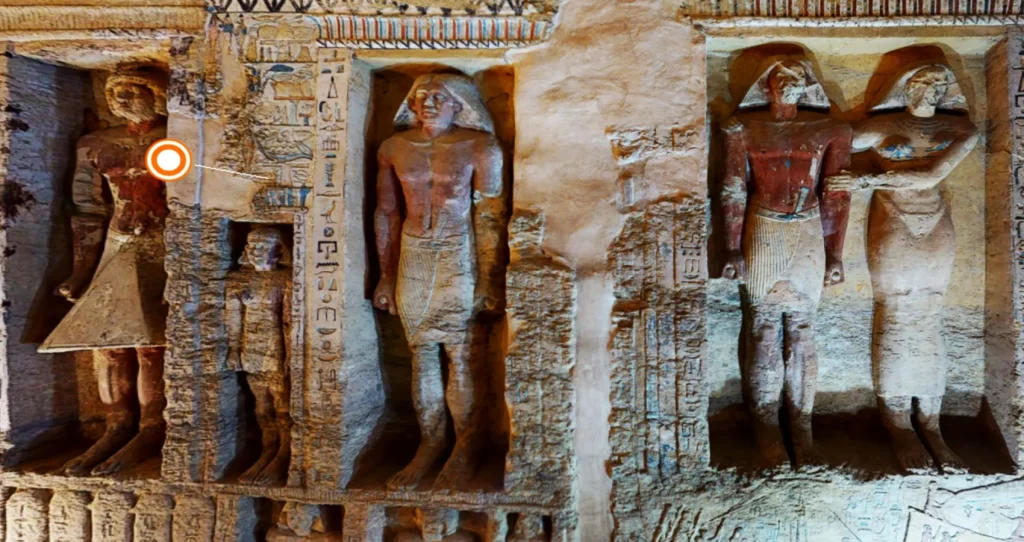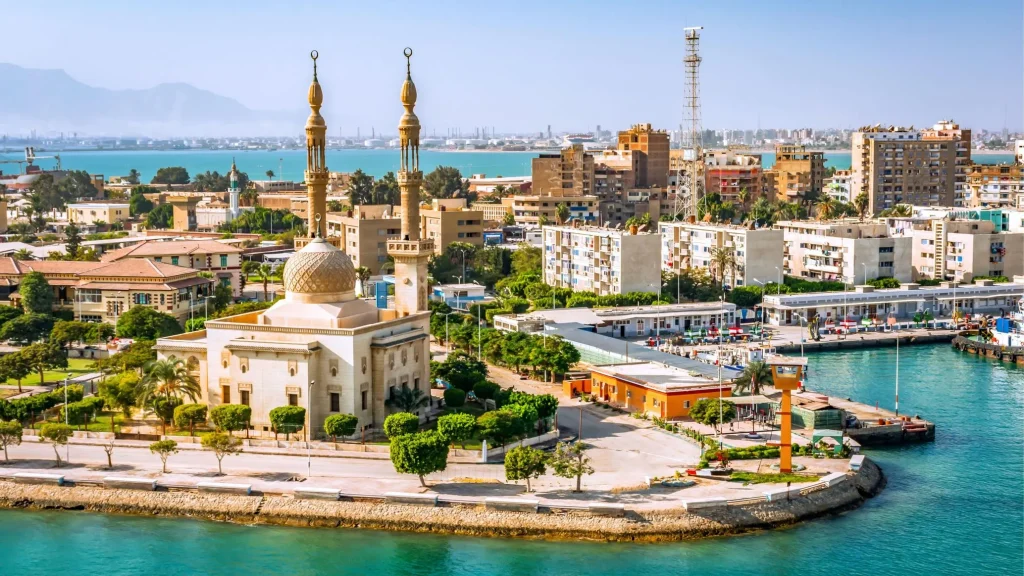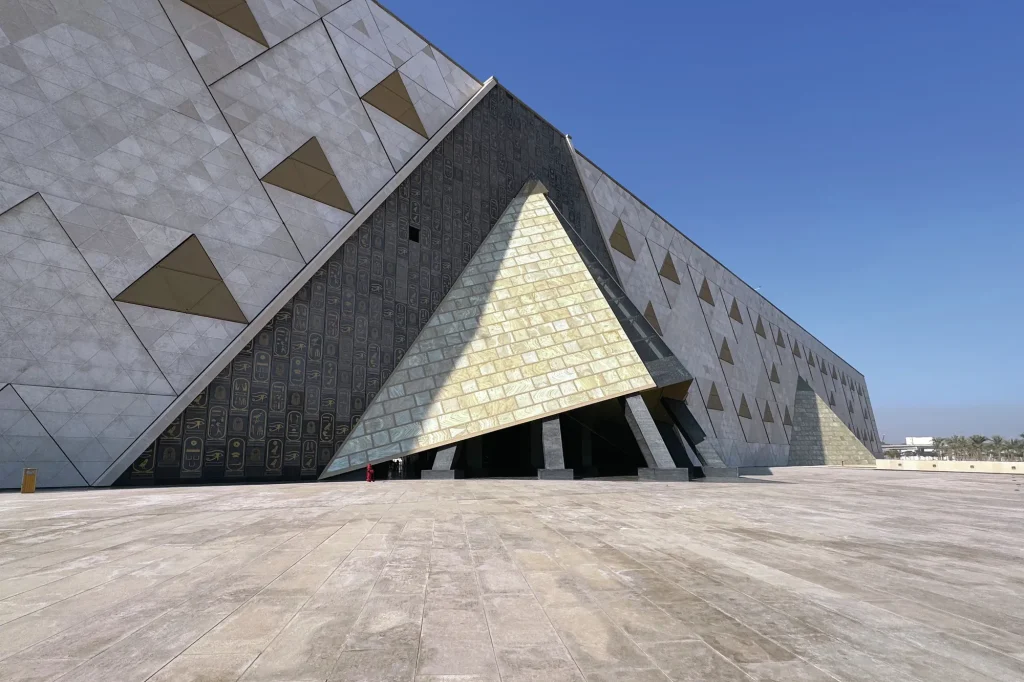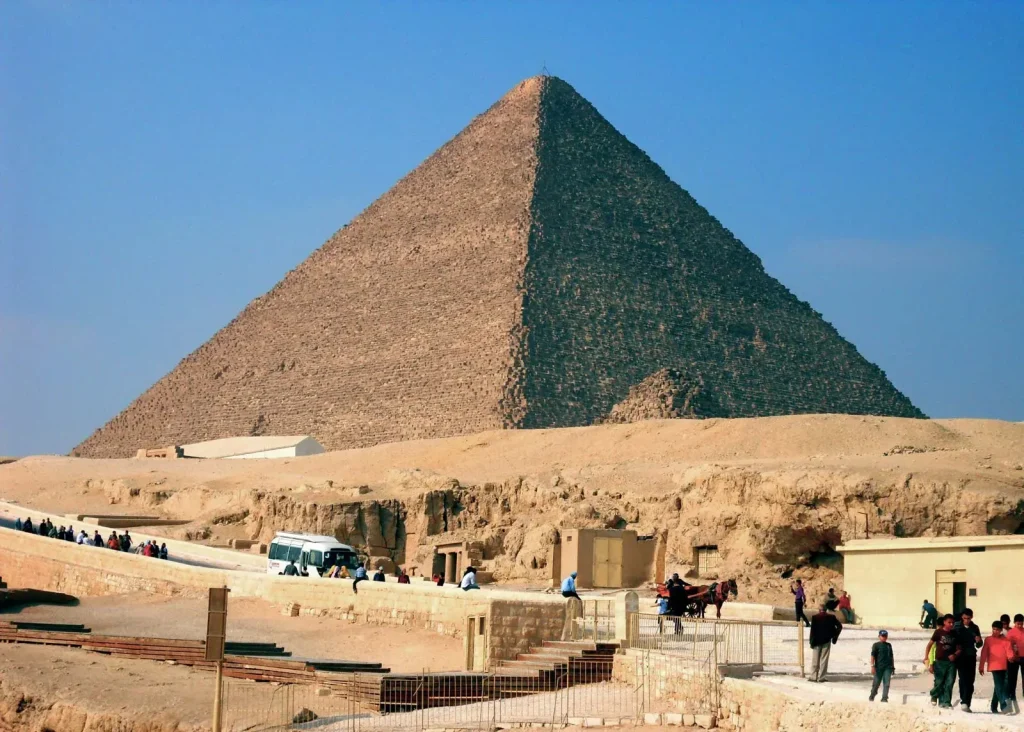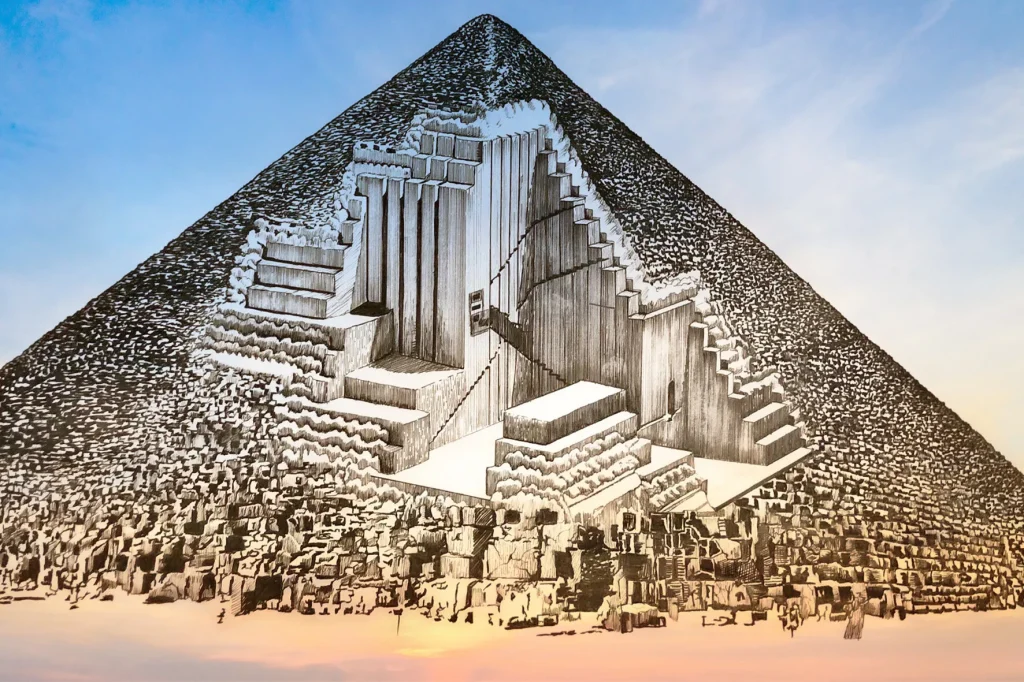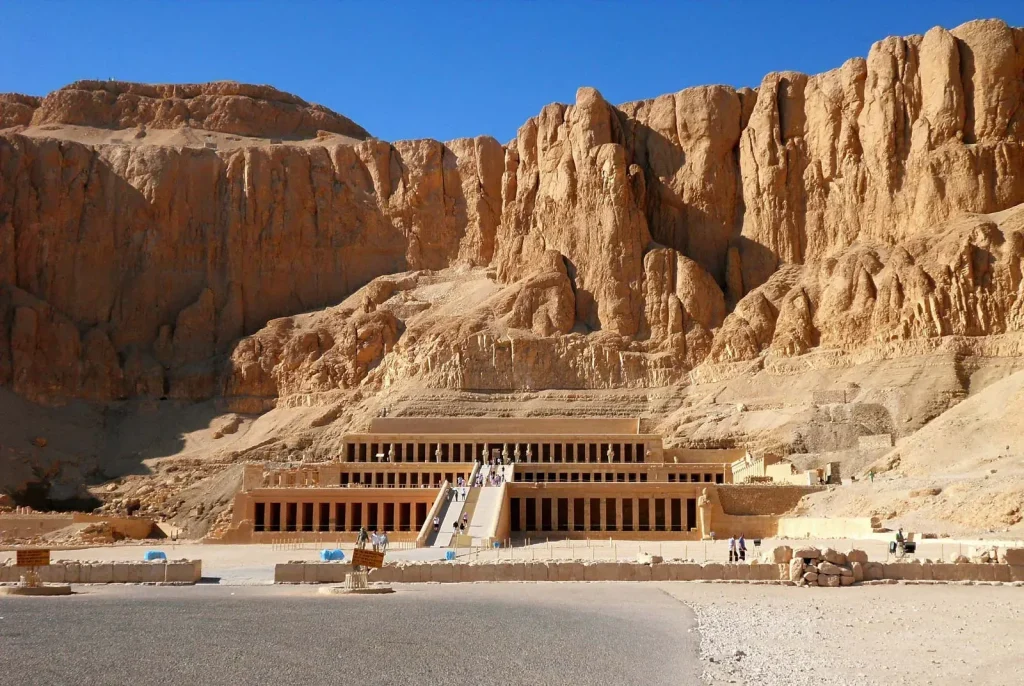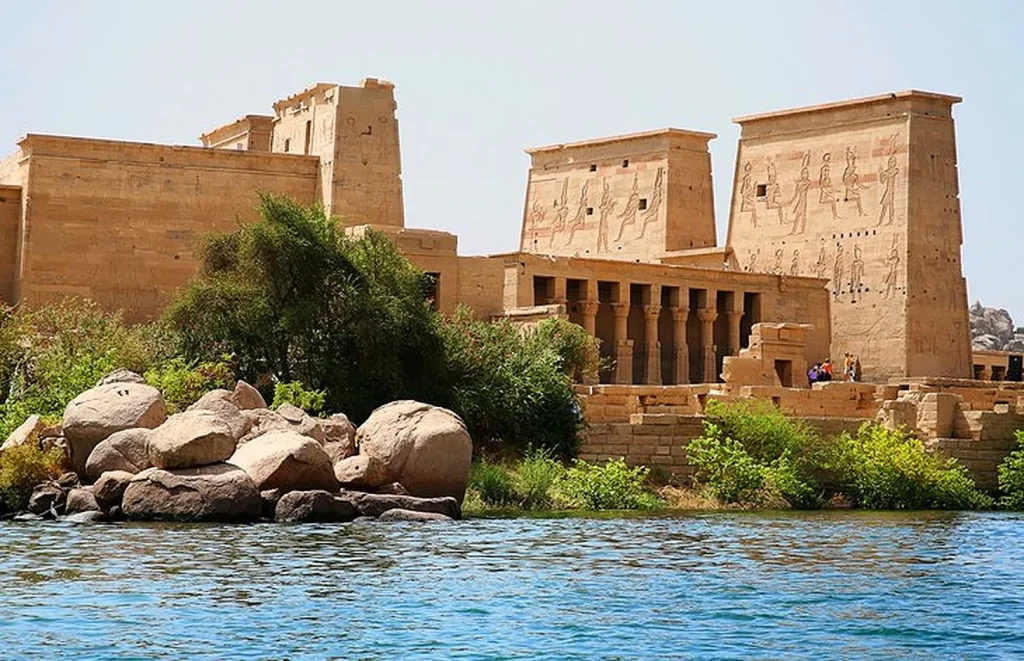The Tomb of Wahtye is an extraordinary archaeological discovery that provides a unique glimpse into the rich history and culture of ancient Egypt. Located in the Saqqara necropolis near Cairo, this tomb is of significant importance due to its remarkably well-preserved state and the wealth of information it offers about the burial practices and beliefs of the ancient Egyptians.
Historical background of ancient Egypt
To fully appreciate the significance of the Tomb of Wahtye, it is essential to understand the historical context of ancient Egypt. Known as one of the world’s oldest civilizations, ancient Egypt flourished along the Nile River for over three thousand years, from around 3100 BCE to 30 BCE. The ancient Egyptians were renowned for their advanced knowledge in various fields such as architecture, engineering, art, and religion.
Discovery and excavation of the Tomb of Wahtye
The Tomb of Wahtye was discovered in 2018 by a team of Egyptian archaeologists led by Dr. Mostafa Waziri, the Secretary-General of the Supreme Council of Antiquities. The tomb was found in an exceptional condition, with its intricate wall paintings and inscriptions still vibrant and intact. The discovery generated immense excitement among archaeologists and Egyptologists worldwide, as it promised to shed new light on the lesser-known aspects of ancient Egyptian society.
The excavation process was meticulously carried out, ensuring the preservation of the delicate artifacts and structures within the tomb. Archaeologists carefully documented each step, making detailed drawings and taking photographs to create a comprehensive record of the site. This approach allowed for a thorough analysis and interpretation of the tomb’s contents, providing invaluable insights into the life and beliefs of its owner, Wahtye.
Architectural features and decorations of the tomb
The Tomb of Wahtye showcases the exceptional architectural skills of the ancient Egyptians. The tomb is composed of various chambers, including a burial chamber, offering room, and multiple smaller rooms that likely served different purposes. The walls of these chambers are adorned with elaborate paintings depicting scenes from Wahtye’s life, religious rituals, and the afterlife.
The paintings in the tomb are a testament to the ancient Egyptians’ mastery of art and their devotion to capturing the essence of life and death. The vibrant colors and intricate details bring to life the stories and beliefs of ancient Egypt, providing a visual narrative of Wahtye’s journey into the afterlife. The tomb’s unique architectural design and exquisite decorations make it a remarkable example of ancient Egyptian funerary art.
Burial practices and beliefs in ancient Egypt
The Tomb of Wahtye offers valuable insights into the burial practices and beliefs of ancient Egypt. The ancient Egyptians believed in an afterlife and devoted significant resources to ensure a prosperous journey for the deceased. The tomb was constructed as a final resting place for Wahtye, equipped with all the necessities he would need in the afterlife.
The tomb’s layout and decorations reflect the ancient Egyptians’ beliefs in the importance of preserving the body and providing offerings to sustain the deceased in the afterlife. The walls of the tomb are adorned with scenes depicting funerary rituals, offerings, and prayers to various deities. These depictions provide a window into the complex religious and spiritual beliefs of ancient Egypt and their practices surrounding death and the afterlife.
Significance of the Tomb of Wahtye in understanding ancient Egyptian history
The Tomb of Wahtye holds immense significance in the study of ancient Egyptian history. It provides a rare opportunity to gain insights into the lives of the ancient Egyptians, their beliefs, and their societal structures. The tomb’s remarkable preservation allows researchers to analyze the cultural, religious, and artistic aspects of ancient Egypt with a level of detail and accuracy that was previously unattainable.
By studying the Tomb of Wahtye, archaeologists and Egyptologists can piece together a more comprehensive understanding of ancient Egyptian society. The tomb’s contents, such as the artifacts, inscriptions, and wall paintings, offer valuable clues about the daily life, social hierarchies, religious practices, and artistic achievements of the time. This knowledge enhances our understanding of human history and contributes to our appreciation of the ancient world.
Artifacts and treasures found in the tomb
The excavation of the Tomb of Wahtye yielded a wealth of artifacts and treasures that provide invaluable insights into ancient Egyptian culture. Among the discoveries were intricately carved statues, finely crafted jewelry, funerary masks, and a variety of other personal belongings. These artifacts offer a glimpse into the life and status of Wahtye, as well as the craftsmanship and artistic skills of ancient Egyptian artisans.
The treasures found in the tomb also shed light on the trade networks and resources available to the ancient Egyptians. Some of the objects discovered in the tomb, such as exotic woods and precious metals, were sourced from distant lands, indicating the extensive connections ancient Egypt had with other civilizations.
Controversies surrounding the Tomb of Wahtye
As with any significant archaeological discovery, the Tomb of Wahtye has not been without its controversies. Some critics argue that the excavation and removal of the tomb from its original location may have compromised its historical integrity. They contend that the tomb should have been left untouched, allowing future generations to benefit from advancing scientific techniques and technologies.
However, proponents of the excavation argue that the careful removal and preservation of the tomb were necessary to protect it from potential damage or destruction caused by natural elements or human activities such as looting. They maintain that the excavation has allowed for a more thorough examination of the tomb and its contents, enabling researchers to gain a deeper understanding of ancient Egyptian history.
Preservation and conservation efforts for the tomb
The preservation and conservation of the Tomb of Wahtye are of paramount importance to ensure its longevity and continued study. The Egyptian authorities have taken extensive measures to protect and maintain the tomb, including the establishment of strict regulations and guidelines for its preservation.
These efforts involve regular monitoring, cleaning, and restoration work to safeguard the delicate wall paintings and structures within the tomb. Additionally, the Egyptian government has implemented measures to educate the public about the significance of the tomb and the importance of preserving Egypt’s cultural heritage.
FAQ
Can the public visit the Tomb of Wahtye?
As of now, the Tomb of Wahtye is not open to the public. However, there are plans to create a replica of the tomb to allow visitors to experience its magnificence without endangering the original.
What is the significance of the Tomb of Wahtye in comparison to other ancient Egyptian tombs?
The Tomb of Wahtye stands out due to its exceptional preservation, intricate decorations, and the wealth of artifacts discovered within it. It provides a unique perspective on ancient Egyptian history and offers valuable insights into the burial practices and beliefs of the time.
What happened to the treasures found in the Tomb of Wahtye?
The treasures found in the Tomb of Wahtye are currently housed in the Egyptian Museum in Cairo, where they are carefully preserved and displayed for the public to appreciate.
Conclusion
The Tomb of Wahtye stands as a testament to the remarkable achievements of ancient Egyptian civilization. Its discovery and excavation have provided a wealth of knowledge about the burial practices, beliefs, and artistic achievements of the time. The tomb’s remarkable preservation and the treasures found within it offer invaluable insights into ancient Egyptian history, allowing us to better understand and appreciate the rich and complex culture of this ancient civilization.
As efforts continue to preserve and study the Tomb of Wahtye, future generations will have the opportunity to delve deeper into the mysteries of ancient Egypt and uncover even more secrets hidden within its ancient tombs. The lasting legacy of the Tomb of Wahtye serves as a reminder of the enduring fascination with ancient civilizations and the importance of preserving our shared human heritage.

